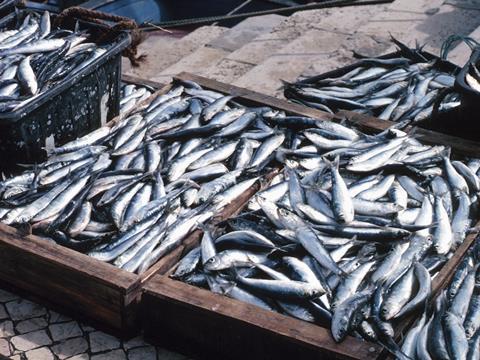
Fisheries and aquaculture are set to play an increasingly important role in feeding the world, according to a new report from the UNFAO.
Global fish production is on course to hit 181 million tonnes by 2022 - a rise of 15% on the 158 million tonnes produced in 2012, according to ‘The State of World Fisheries and Aquaculture’ report. Of the 181 million tonnes, 161 million would be for direct human consumption.
Aquaculture would be responsible for most of the increase, with production expected to reach 85 million tonnes in 2022 - up 35% on 2012 levels. “Aquaculture remains one of the fastest-growing food producing sectors,” it said. “Its share in global fishery production will rise from 41% in 2010-12 to 47% in 2022. In terms of fish destined for human consumption, aquaculture should surpass 50% of the total by 2015 and reach 53% by 2022.”
Despite concerns about sustainability and overfishing, capture fisheries production would also go up, increasing by 5% to about 96 million tonnes, it added. “This improvement is due to a combination of factors, including recovery of certain stocks following improved resource management; growth in the few countries not subject to strict production quotas; and enhanced use of fishery production.”
Given its predicted growth trajectory, the fisheries and aquaculture sector was likely to play a “significant role… in eliminating hunger, promoting health and reducing poverty,” said the UNFAO. “If responsibly developed and practised, aquaculture can generate lasting benefits for global food security and economic growth,” it said.
However, it was important such benefits were balanced with the need to protect the environment, and strong governance would be needed, it warned.






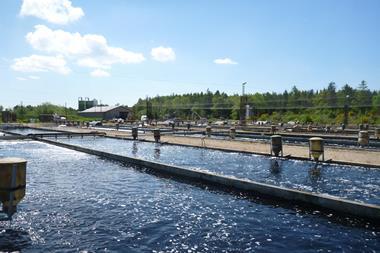
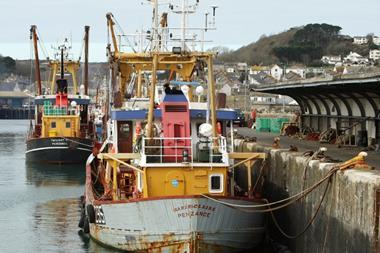
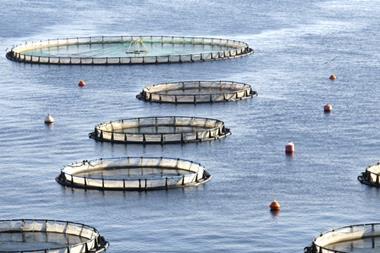
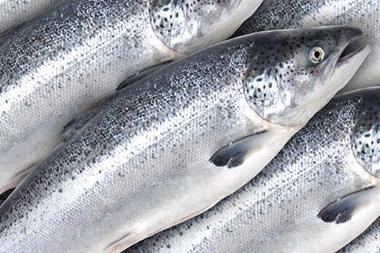








No comments yet